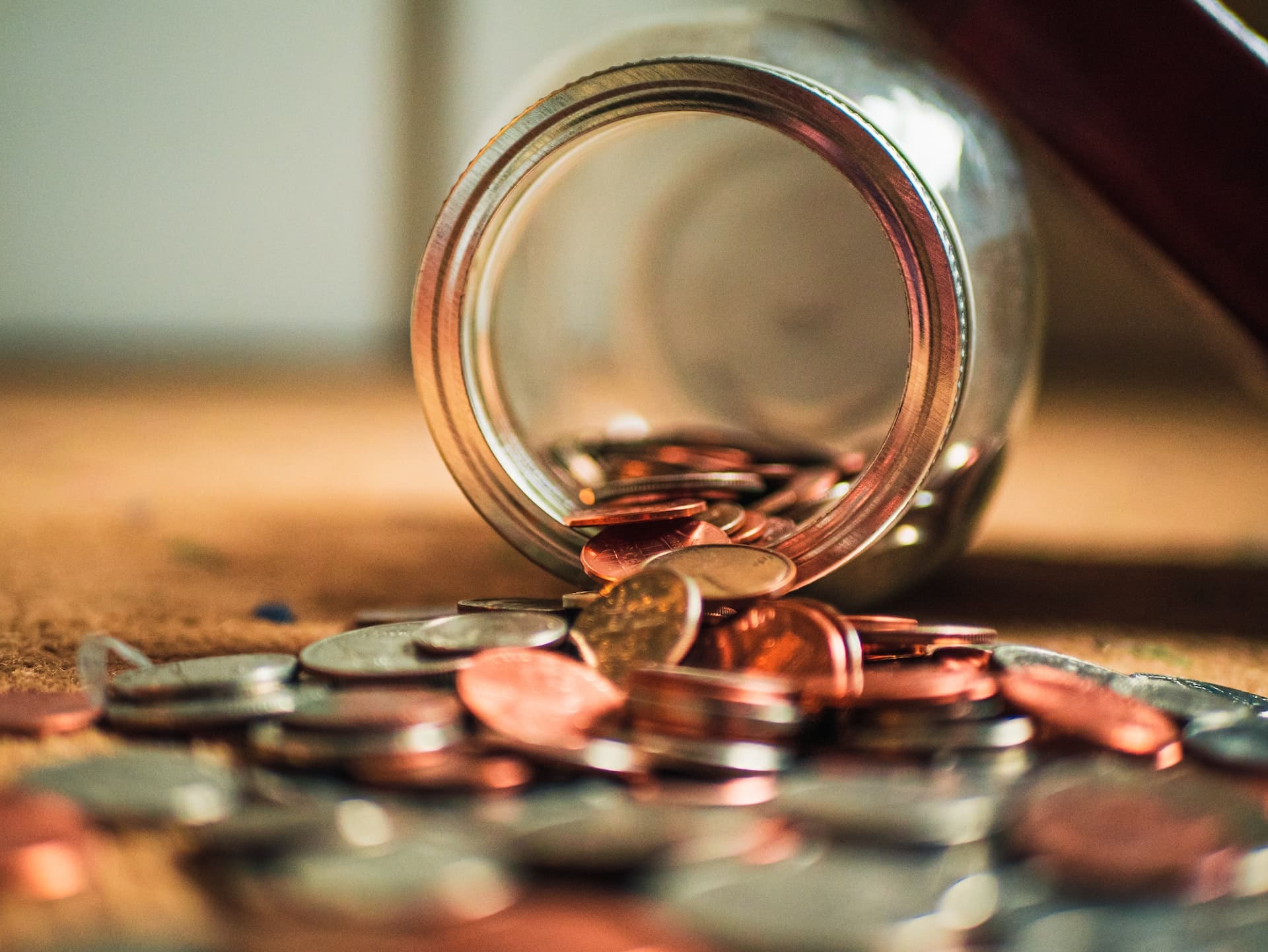
Have you ever wondered what makes one coin valuable over another? After all, they’re both just small discs of metal, right? The answer lies in the metal and what it’s used to represent. In most countries, there are only two types of legal tender: fiat currency and precious metals bullion such as gold or silver. There are many legal tender coins out there that you probably never thought were collector coins because they’re considered to be common money in your country.
Collector coins is typically categorized as being one of four types: Commemorative, Numismatic, Semi-numismatic, and Non-numismatic. Commemorative coins are created to commemorate a particular event or personage. These coins have a real-world value but the value is usually much lower than that of their numismatic counterparts because their rarity is much higher and they are often minted in large quantities. A numismatic coin is one that has both an interest to collectors and also might have a real-world value attached to it. The coin will usually be rarer than its commemorative counterpart, but not as rare as a semi-numismatic or non-numismatic coin.
Collector coins are a type of numismatic coin that is valued for their rarity and condition. The word numismatic means relating to currency or the study of money. Numismatics is the study and collection of coins, paper currency, tokens, medals, and other objects used in everyday life as a medium of exchange. Some collector coins are made with precious metals like gold or silver while others are made with base metals like copper or nickel. No matter what metal they’re made out of, collector coins have value because they’re worth more than their raw material content. Many people who collect these coins love studying them so much that they become experts on different countries’ monetary history. For example, a person might specialize in U.S., Mexican, Indian, or Middle Eastern coins. One way collectors can increase the value of their holdings is by storing them properly in a plastic sleeve lined with protective cardboard to protect them from moisture damage and insects.
Collector coins are one of the most popular collectibles in the world and can be purchased in a variety of different ways. They have been popular throughout history and are likely to remain so for many years to come. There are many types of collector coins available, including commemorative, bullion, proof, and uncirculated. All four types will have their own unique features that determine their value and suitability for collecting purposes. Commemorative coins celebrate important events or people with an example being the 2008 Obama Presidential Dollar. These were produced at a time when Obama’s popularity was skyrocketing which means they’re likely worth quite a bit. Proof coins are generally released only once and do not go into circulation so they’re rarer than other coins on this list. The 2012 Olympic Gold Coin is an example of this type of coin because it was created to commemorate the London Olympics while they were still going on. Uncirculated coins are less valuable than other types but may appeal to collectors due to their availability as they don’t have any distinguishing marks which could make them more affordable than some others on this list.
Investing in coins is a great way to build your wealth. Be sure to do your research before buying a rare coin, and take these tips with you when you go shopping. A reputable dealer like Pik-Coins will be able to answer all of your questions about the coins that they sell.
1) What does the price of the coin refer to? The price of a coin refers to its gold or silver value, not its numismatic or collector value.
2) Why are some coins worth more than others? Coins in better condition tend to be worth more than those in worse condition. For example, a 1932 Washington Quarter which is in good condition would be worth $15 while one that is worn down might only be valued at $10.
3) How can I tell if a coin is valuable or not? You can tell if it’s valuable by checking its mintage. Collectors prefer coins with low mintage numbers because it means that fewer have been circulated.
4) Is there a point where I should stop collecting coins? No! There is no rule that says how many coins you should collect. Some collectors collect as few as 10-20 while others collect thousands of coins!
main photo: unsplash.com/Josh Appel